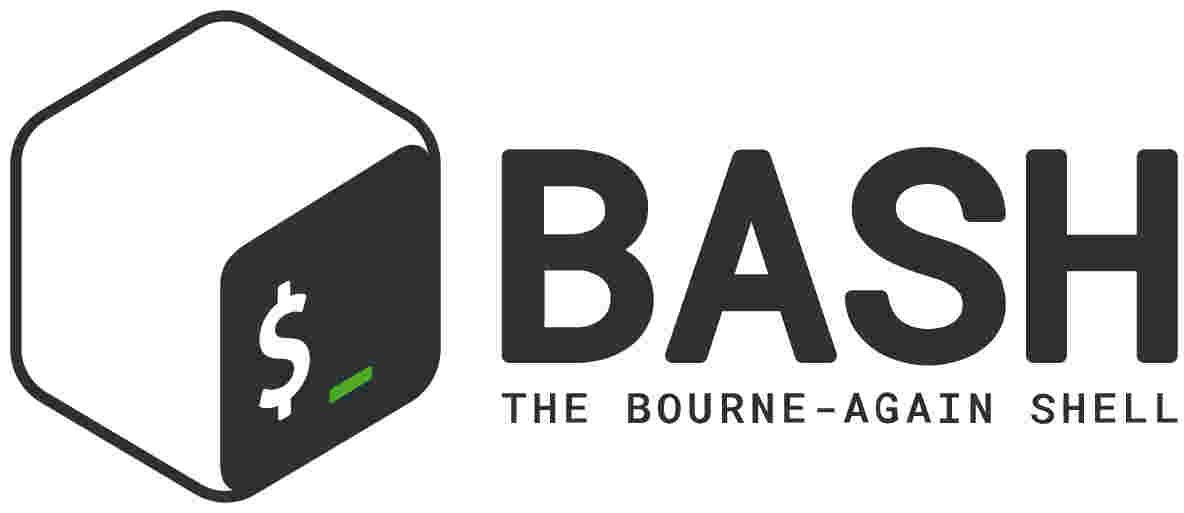Bashing out basename and dirname
To find out the file and path components of a full filename, code similar to the following is often used:
fullname="/path/to/filename"
filename=$(basename "$fullname")
pathname=$(dirname "$fullname")

Doing this means subprocesses are spawned to run the basename and dirname commands, capturing their output and assigning it to the filename and pathname variables.
You can avoid using basename or dirname. The following will help:
# Basename: Get everything after the last /
echo ${fullname##*/}
# Dirname: Get everything before the last /
echo ${fullname%/*}
There are some caveats with this. The variable must have a path separator in it. This can be easily fixed with:
[[ ${fullname} != */* ]] && fullname="./$fullname"
This checks for a / in fullname. If one is missing, prefix it with the current directory. Alternatively you could use $PWD/$fullname.
Whilst the ##*/ and %/* are rather cryptic, they avoid spawning sub-processes for dirname and basename.
However, remember that basename can strip the extension which needs extra variable substitution with this approach.
How do ${fullname##*/} and ${fullname%/*} work?
-
$fullnameis easy. This is always the variable’s value and${fullname}just marks the variable’s name. Curly brackets can be used with script parameters too, such as${0}(which always seems to include at least one ‘/‘ character). We use the curly brackets to perform parameter substitution. -
The
${fullname##*/}expression is a form of${var##pattern}and${fullname%/*}is a form of${var%pattern}parameter substitutions to remove substrings. -
For a filename,
${fullname##*/}removes the longest substring from the front of the variable (denoted by the##operator) matching the pattern ‘*/‘ – i.e. any character (denoted by*) ending with ‘/‘. This leaves everything after the last ‘/‘ character – i.e. thebasename. -
For a directory,
${fullname%/*}removes the shortest substring from the end of the variable (denoted with the%operator) matching the pattern ‘/*‘ – a ‘/‘ followed by any character (denoted with*). This leaves everything before the last ‘/‘ character – the path to the file without trailing path separator – i.e./my/path/nameinstead of/my/path/name/.
The way I remember whether it’s #, ##, % or %% is one character for the shortest substring and two characters for the longest substring. Then hashtags have the hash at the beginning whilst percentages have a percent at the end. So:
-
##is for removing the longest pattern from the beginning of the variable (i.e. the directory name). -
%is for removing the shortest pattern from the end of the variable (i.e. the file name).





Comments